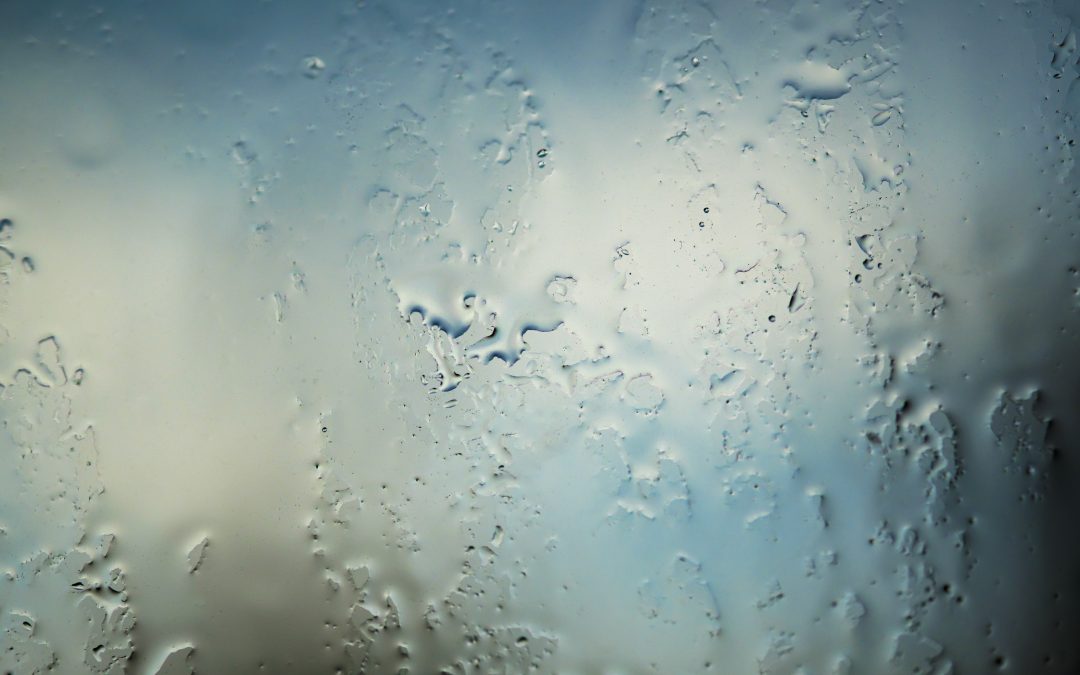Understanding Crawlspace Moisture
The Importance of Crawlspace Moisture Control
When it comes to maintaining a healthy and structurally sound home, one often overlooked aspect is crawlspace moisture control. Properly managing moisture in your crawlspace is essential for several reasons, including its impact on your home’s structural integrity and indoor air quality.
Impact on Home’s Structural Integrity
Excessive moisture in the crawlspace can lead to significant damage to your home’s structural integrity. Over time, moisture can weaken beams, sills, and floor joists, leading to sagging floors, uneven surfaces, and even structural collapse in extreme cases. Moisture-related issues can also cause wood rot and create an ideal environment for pests, such as termites, to thrive.
Effects on Indoor Air Quality
Another crucial factor in crawlspace moisture control is its influence on indoor air quality. A damp crawlspace can contribute to the growth of mold and mildew, which can release harmful spores into the air you breathe. These spores can aggravate respiratory conditions, trigger allergies, and impact overall indoor air quality. By keeping moisture levels under control, you can help ensure a healthier living environment for you and your family.
Common Causes of Crawlspace Moisture
Understanding the common causes of crawlspace moisture is the first step in effectively addressing the issue. Here are a few of the leading culprits:
Inadequate Ventilation
Poor or insufficient ventilation in the crawlspace can trap moisture and create a damp environment. Without proper air circulation, moisture can accumulate and promote the growth of mold and mildew.
Plumbing Leaks
Leaky pipes or plumbing fixtures within or near the crawlspace can introduce significant amounts of moisture. Even minor leaks over time can result in excessive moisture buildup, leading to potential damage and health risks.
Improper Drainage
If the grading around your home is not sloped correctly or your gutters and downspouts are not directing water away from the foundation, you may experience water pooling near the crawlspace. This pooling water can seep into the crawlspace, causing moisture-related problems.
Groundwater Seepage
In areas with high water tables or poor soil drainage, groundwater can infiltrate your crawlspace. This seepage can occur through cracks in the foundation or through the soil itself, leading to persistent moisture issues.
Implementing Moisture Control Measures
To combat crawlspace moisture, it’s essential to implement effective moisture control measures. Here are some steps you can take:
Inspecting and Repairing Existing Issues
Begin by conducting a thorough inspection of your crawlspace to identify any existing issues. Look for signs of water damage, leaks, or mold growth. Once identified, take the necessary steps to fix plumbing leaks, correct poor drainage, and address any other concerns.
Utilizing Proper Crawlspace Ventilation
Proper ventilation is vital to control moisture levels in the crawlspace. Understand the role of vents in promoting air circulation and determine the ideal number of vents based on your crawlspace’s size and layout. Implement ventilation strategies that create a balanced airflow and help prevent moisture buildup.
Installing Vapor Barriers
Vapor barriers are an effective way to prevent moisture from seeping into your crawlspace. Select suitable vapor barrier materials that are durable and moisture-resistant. Properly install the vapor barriers, ensuring they cover the entire crawlspace floor and extend up the walls. It is also crucial to regularly maintain and replace vapor barriers when necessary.
Additional Tips for Maintaining a Dry and Healthy Crawlspace
In addition to implementing moisture control measures, there are other steps you can take to maintain a dry and healthy crawlspace:
Promoting Proper Drainage Around the Home
Direct your gutters and downspouts away from the foundation to prevent water from pooling near the crawlspace. Consider installing French drains or swales to further enhance drainage and redirect water away from your home.
Managing Humidity Levels
Keeping humidity levels in check is essential for preventing excessive moisture in the crawlspace. Use dehumidifiers when necessary to remove excess moisture from the air. Also, make sure to properly ventilate appliances and dryers to prevent them from adding moisture to the crawlspace.
Considering Professional Assistance
If you’re facing persistent moisture issues or need help with crawlspace moisture control, it’s worth considering professional assistance. Hire a crawlspace moisture specialist who can assess the situation and recommend appropriate solutions. They can also provide professional remediation services if mold or other moisture-related issues are present. Regular maintenance and inspections by professionals can help ensure ongoing crawlspace health.
In conclusion, maintaining proper crawlspace moisture control is crucial for the long-term health and integrity of your home. By understanding the importance of moisture control, identifying common causes of crawlspace moisture, and implementing effective measures, you can ensure a dry and healthy environment. Remember to promote proper drainage, manage humidity levels, and seek professional assistance when needed. Take proactive steps to protect your home from moisture-related problems and enjoy a safer and more comfortable living space.
If you have any questions or need assistance with your crawlspace moisture control, contact PermaDry Waterproofing, the experts in crawlspace waterproofing solutions and maintenance.

